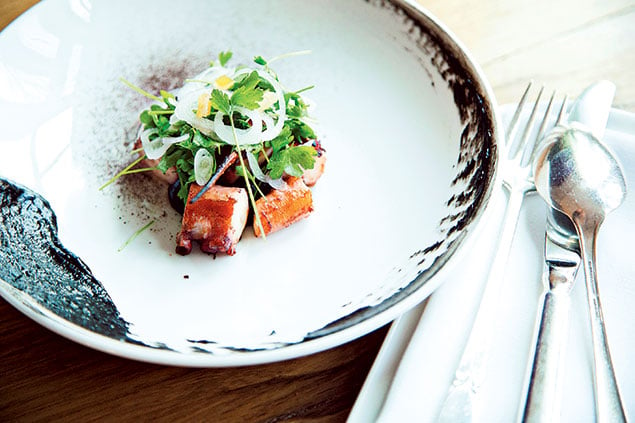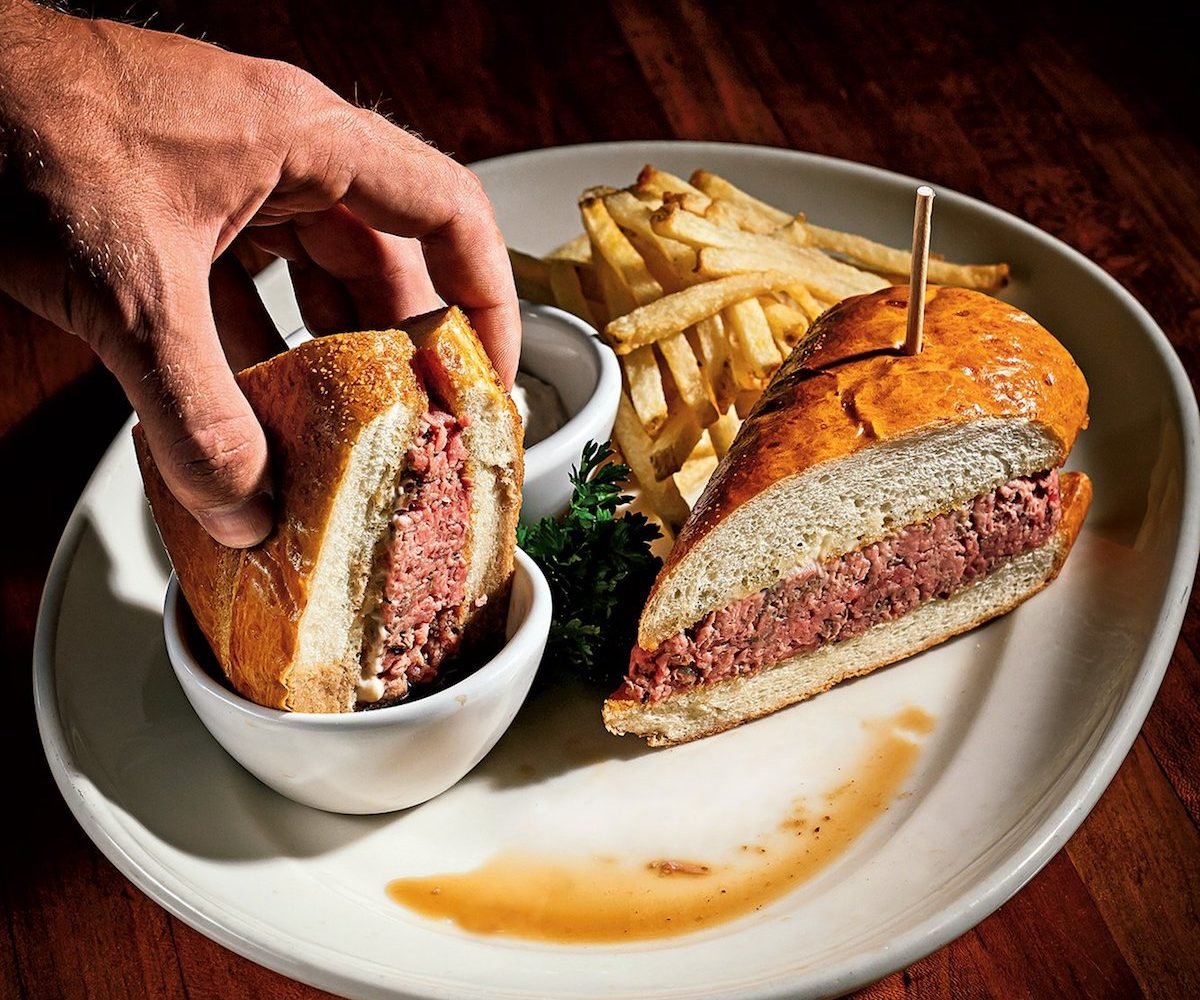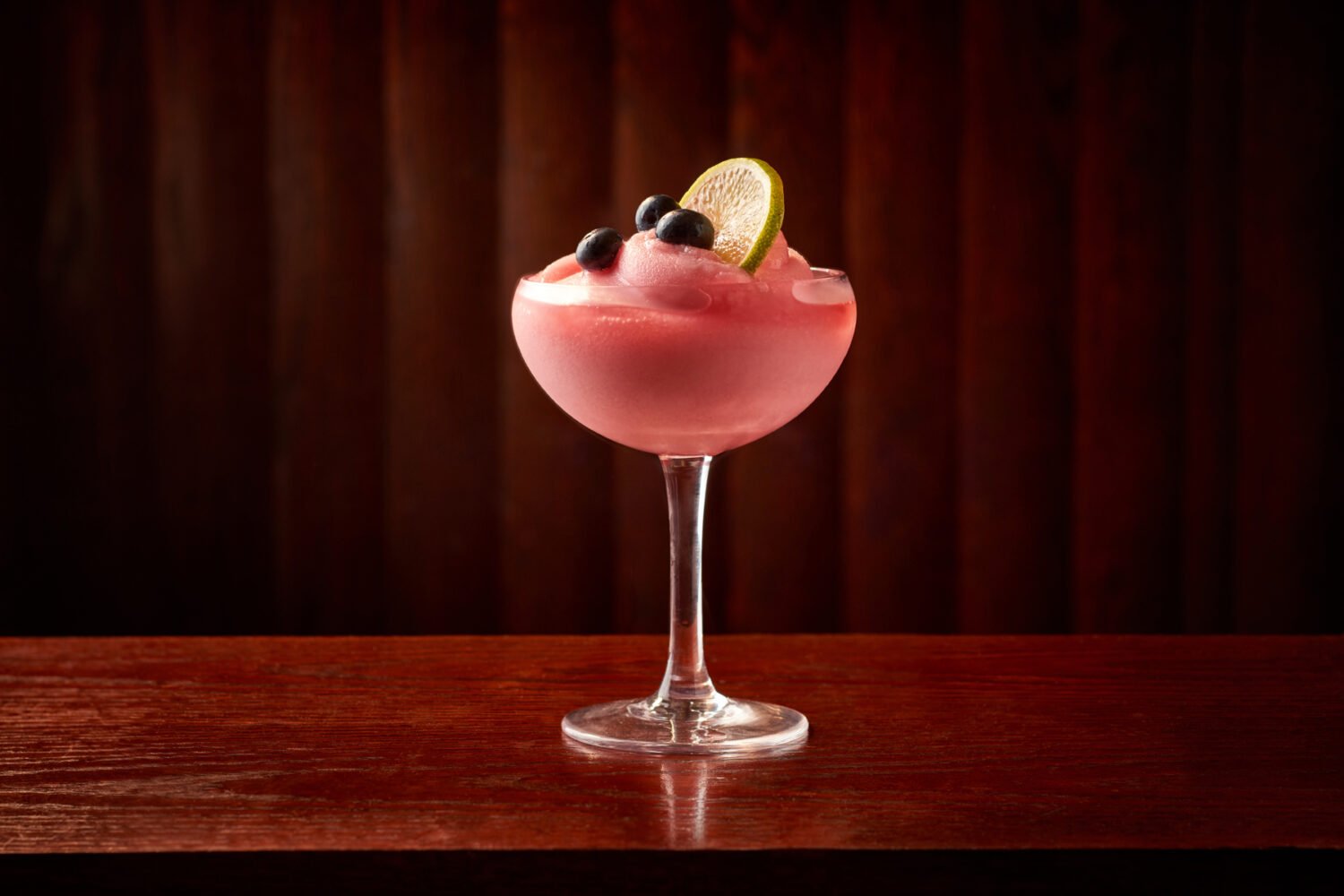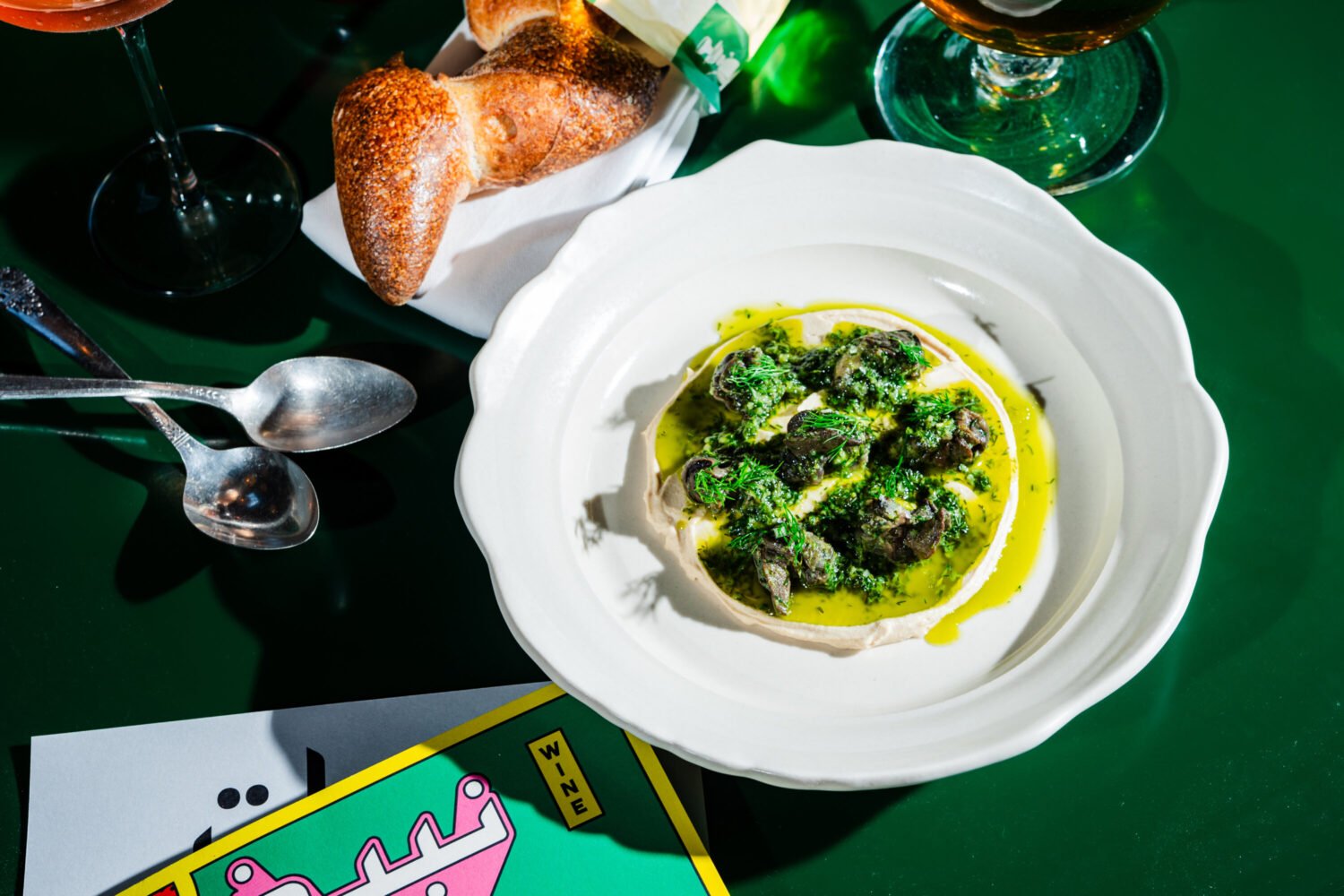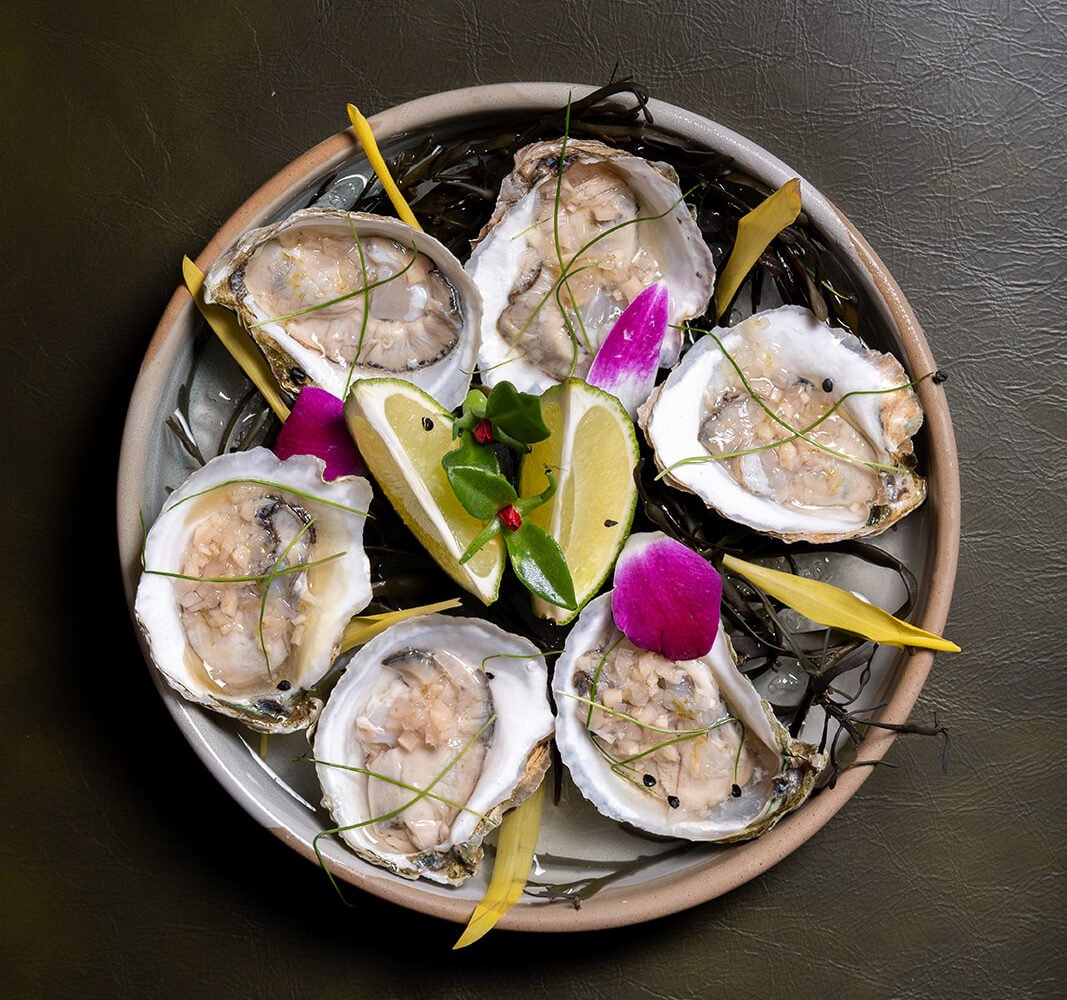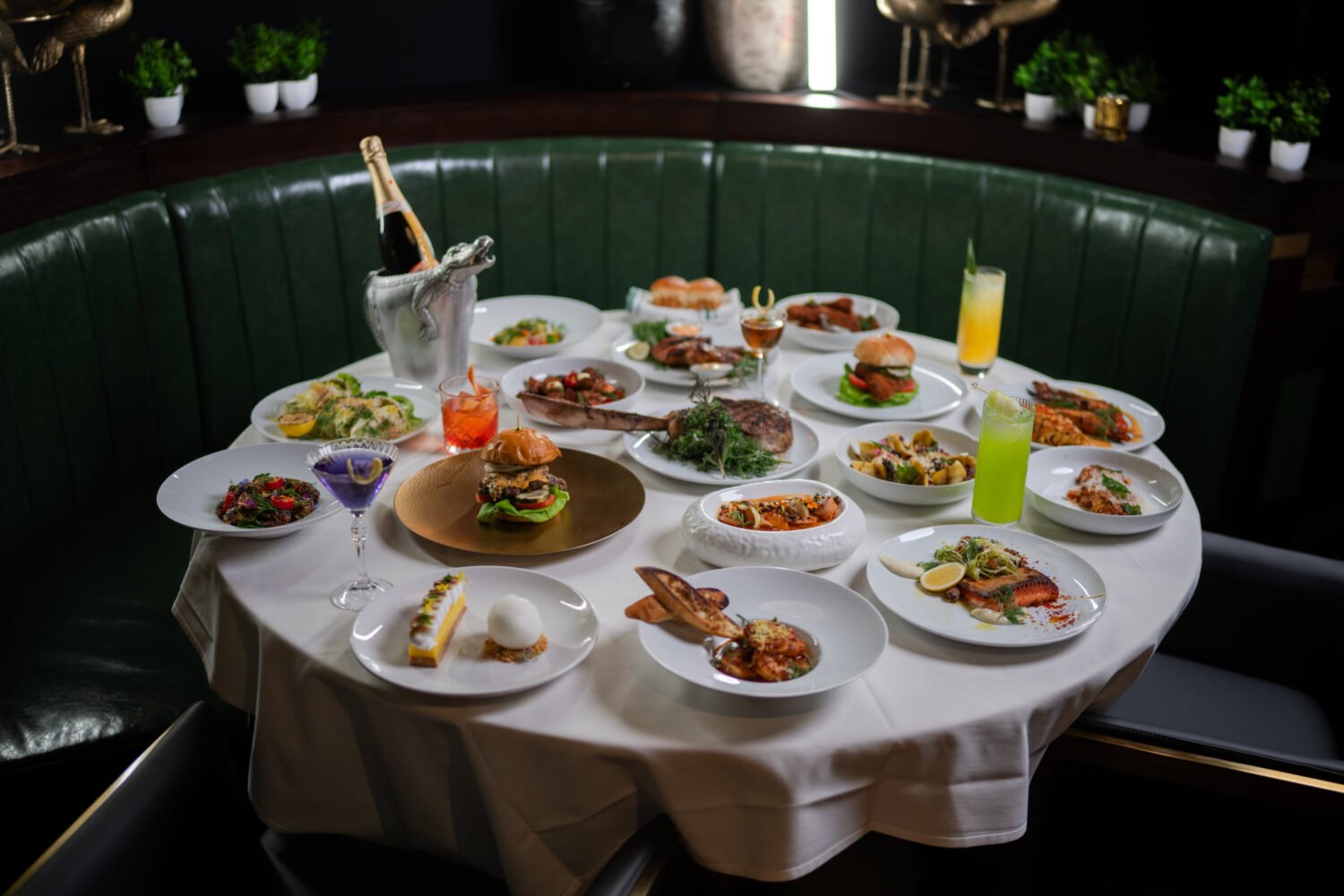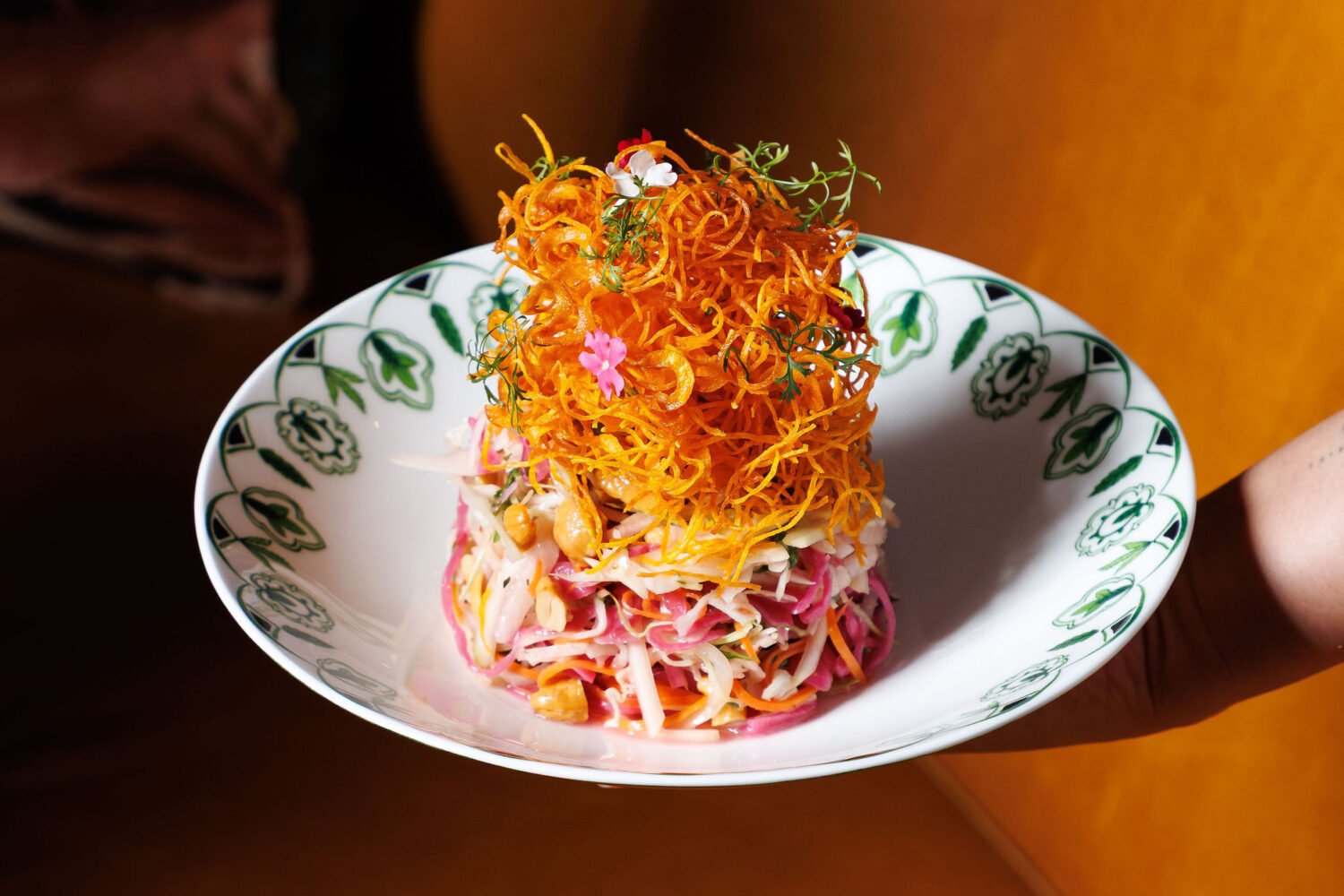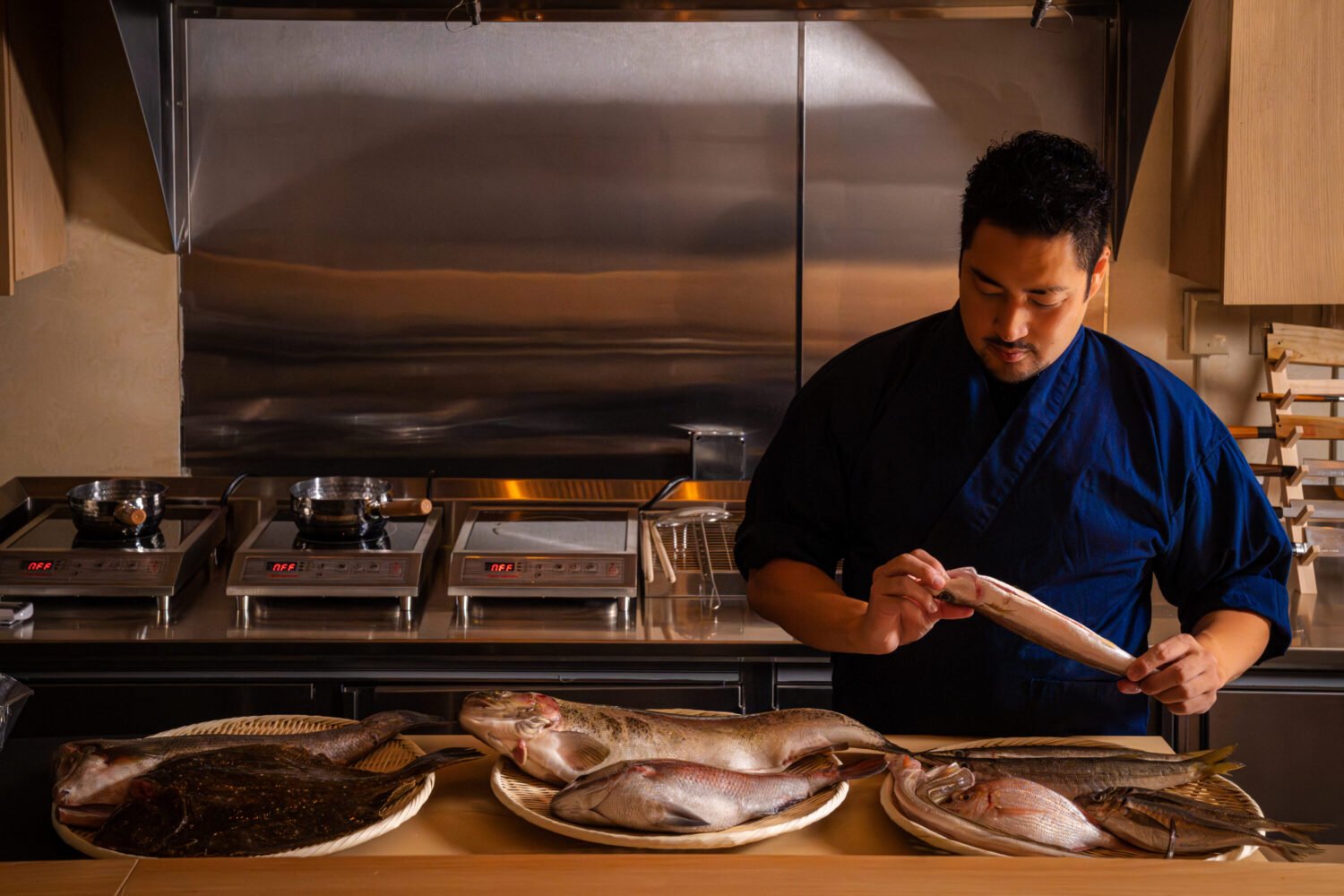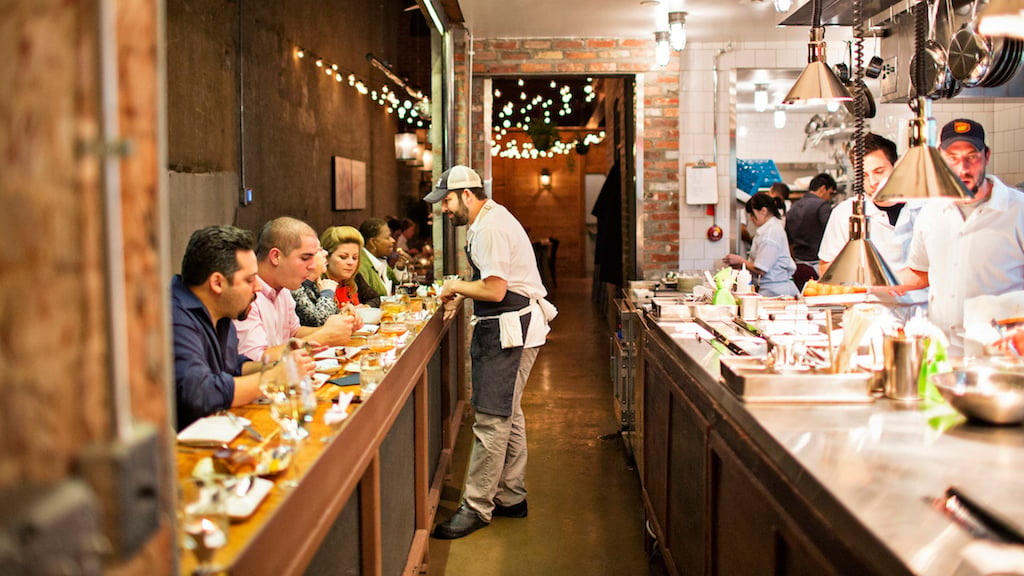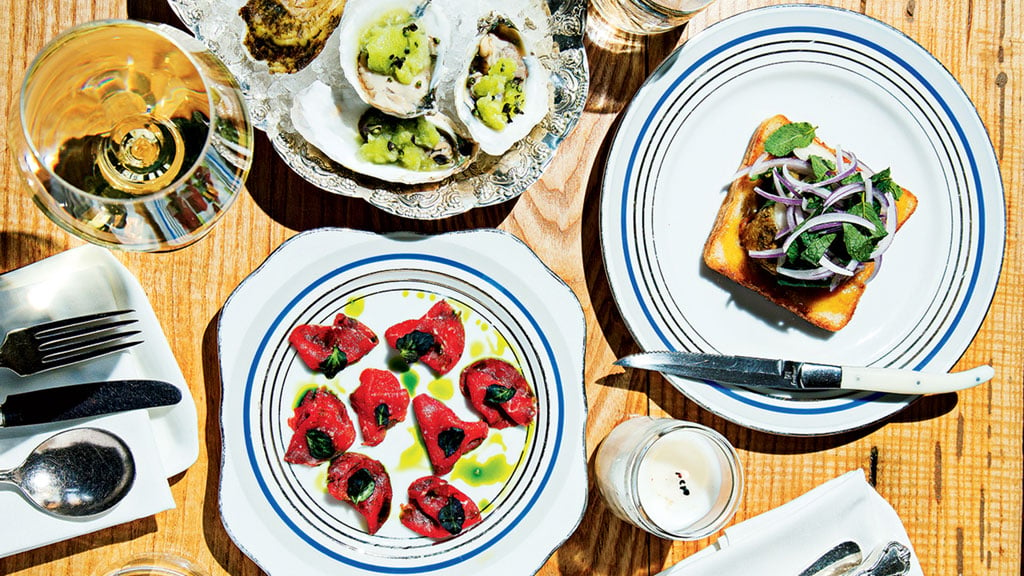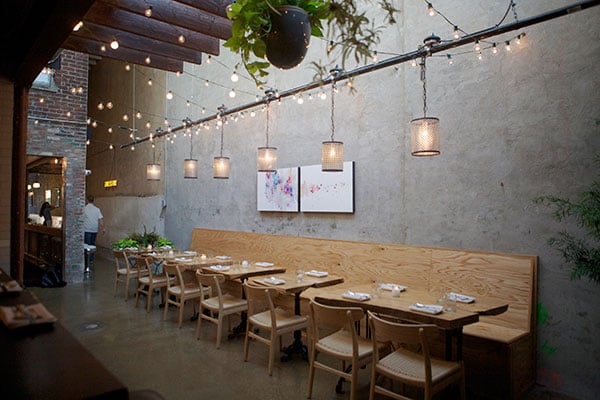About Rose's Luxury
Here we go again, you think, walking into Rose’s Luxury.
Yet another ambitious, independent restaurant with boundary-pushing cooking, craft cocktails, and a noisy space scored by an assertive rock soundtrack. A few self-congratulatory twists notwithstanding, the menu will abound in the sort of dishes most chefs can knock out when they’re drunk — short ribs, mussels, a $15 burger.
It will think it’s better than it is, and it will act, and charge, accordingly.
It will be stylized in the extreme and be so self-aware as to be joyless.
Happily, Rose’s—which opened on Capitol Hill this fall—is not that place.
In fact, it is so not that place that it’s tempting to overpraise it for resisting the currents and clichés of its era. In an age of copycatting and corporate recycling, it’s that increasingly rare thing—an original, and so fully realized a vision out of the box that even its faults come across less as weaknesses than as the overreaching of youthful exuberance.
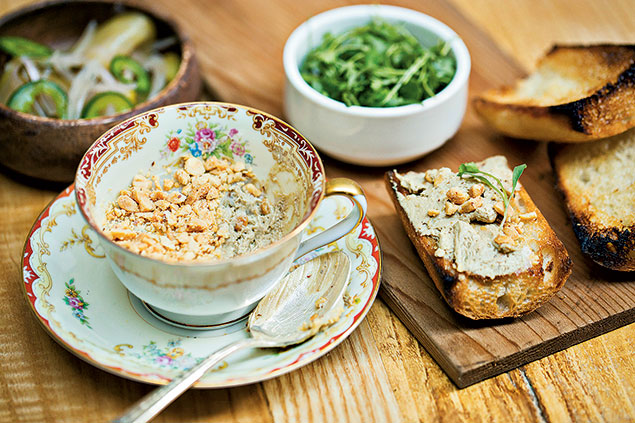
The storefront space has the obligatory elements of contemporary restaurant design—exposed brick, bare tables—but leavens its hipness with an unexpected warmth. The sideboards are antique tables, the system for chilling wine is an old-fashioned icebox, and the flatware looks to have been purchased at a midcentury estate sale. When the first course shows up, it’s presented not on sleek white plates but on ornately patterned china, as if it were an accompaniment to tea at Grandma’s. It’s also not an amuse-bouche. It’s bread.
Most restaurants have rationalized their ditching of the bread basket as doing away with a luxury they can’t afford in an era of cost-tightening; Rose’s has devoted considerable time to rethinking what bread at a restaurant ought to be. The result is a small, hot-out-of-the-oven loaf that tastes like a cross between a potato roll and a brioche, along with a dollop of butter that’s been whipped with roasted potato skins. It’s not just delicious; it’s a gesture that makes you feel embraced even before you’ve settled in.
The likeable young waitstaff reinforces that sense of embrace, and the camaraderie on the floor is infectious. There are nights here where you have to remind yourself that you’re in a restaurant and not at a dinner party that no one wants to leave.
To say that this is a restaurant whose sum is greater than its excellent parts is true, but it’s also misleading, because the food is the reason for all those happy faces in the dining room. Aaron Silverman’s menu consists of 14 small courses and two “family-style” plates. The influences are almost comically eclectic—as if an ADD-afflicted culinary student had composed it after a night of drinking.
The desire to deliver the world on the plate usually exceeds the skill necessary to produce something other than interesting novelty. But you can relax and enjoy the globetrot. You might begin in Mexico, with leaves of grilled romaine submerged, like an enchilada, with avocado, cotija cheese, and roasted poblanos; move north to Georgia for crunchy dark-meat chicken nuggets glazed with honey and dusted with benne seeds; hop over to Italy for gnocchi that have been flattened and stuffed with fennel and mint; continue on to Greece with a charred arabesque of octopus shooting up from a bowl whose sides are painted, Gerhard Richter-style, with smears of lemony squid ink; and finish in Texas with bands of luscious, slow-smoked brisket that you fold into buttery toast.
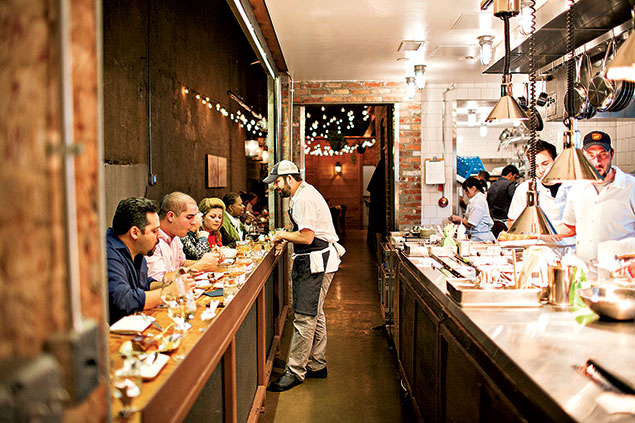
If you’re smart, you’ll take an extended vacation in the Pacific Rim. Vietnamese pâté is made with chicken liver, and its lushness and notes of star anise suggest a bowl of pho whose broth has been emulsified with foie gras. Silverman serves it with crusty garlic bread, along with a pot of garlicky pickles. The astonishing thing is that a dish that summons a French bistro, a pho parlor, an Italian red-sauce joint, and a Jewish deli doesn’t taste the least bit gimmicky. You would never find Silverman’s marvelous bun-like salad of pork sausage, habanero cream, red onion, and lychee in Southeast Asia, but its balancing of tang, heat, and crunch rings true. Substitute a meatless sausage and the dish tastes just as good; about half the menu can be made vegetarian, and even in this age of accommodations that feels bold and new.
It’s not the eclecticism of these dishes that makes Rose’s so exciting; it’s the precision with which Silverman and his team render them. The chef—who grew up in Rockville—apprenticed at McCrady’s in Charleston and Momofuku Noodle Bar in New York City, and among the lessons he learned is the inviolability of the equation that small menu plus big staff equals a strong probability of exactitude. Eight cooks execute the 16 dishes. One night, I sat at the counter looking into the kitchen (a great perch for the food-obsessed) and kept an eye on a member of the crew whose sole task was to make the charred-lettuce dish.
There are missteps, but they’re interesting missteps. Popcorn soup—a creamy, frothy broth that calls to mind the bottom of a popcorn box at the movies (the secret: emulsified popcorn butter)—is junk food with a classical foundation. Lobster and butter (there are bits of tail meat in the glass) is as time-honored a combo as foie gras and Sauternes. The problem is that when you’re finished, you feel as if you’ve knocked back a milkshake.
Next for the chef to rethink should be desserts. Most feel like finger exercises, not fully developed ideas, and can be chalked up to the lack of a pastry chef. The glorious exception is the foie gras and French toast. Perched atop the warm French toast is a seared lobe of duck liver (the best preparation of foie gras I’ve eaten this year) whose creamy richness nearly matches the texture and taste of the eggy bread. A melting scoop of cinnamon-toast ice cream makes for a perfect sauce.
The triumph of that arrangement is the triumph of Rose’s Luxury. An exuberant marriage of high and low. A display of daring and bravado that’s not so self-regarding in its attempts at originality that it loses sight of the reason most of us go out to eat in the first place. Dazzle us with playfulness, yes, but give us precision, too. Stir our imaginations, but please—satisfy our souls.
This article appears in the February 2014 issue of Washingtonian.

